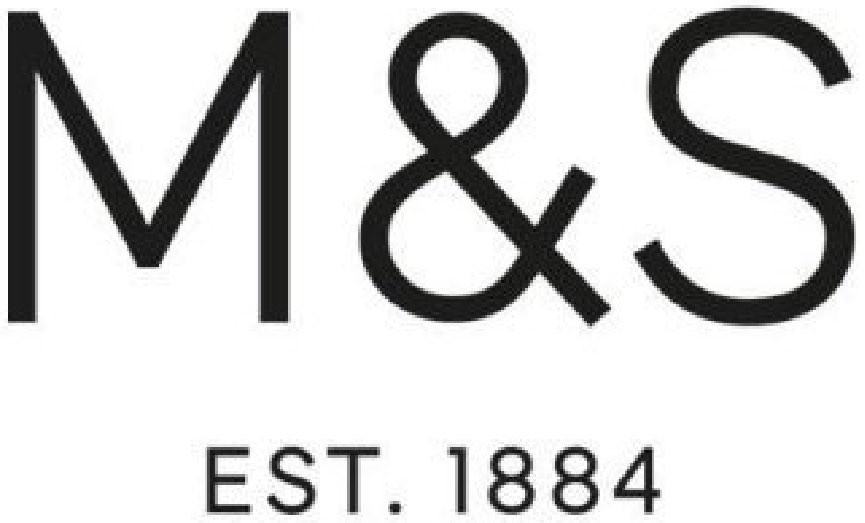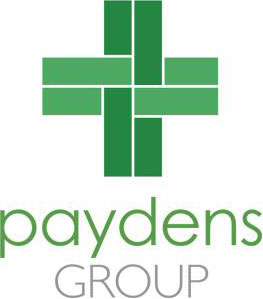Conducting a Legionella risk assessment is not only good practice but it is also a legal requirement for employers, landlords, and building managers under the Health and Safety at Work Act 1974. At Green Water Services, we specialise in water tank cleaning and Legionella control, helping you maintain safe, compliant, and efficient systems. Ensure legionella compliance with Green Water Services.
This guide explains everything you need to know about Legionella bacteria, how to manage the risk, and what to expect from a professional risk assessment.
Where Can Legionella Bacteria Grow?
Legionella bacteria are found naturally in lakes, rivers, and reservoirs. However, they can also thrive in artificial environments, including:
- Cold and hot water systems
- Water tanks
- Cooling towers
- Showers and taps
- Spas and whirlpools
Any stored or recirculated water system is potentially a breeding ground for Legionella, especially if water droplets can become airborne.
What Conditions Help Legionella Bacteria Grow?
Several environmental conditions support the growth of Legionella, including:
- Water temperatures between 20°C and 45°C
- Stagnant water
- Biofilms, scale, rust, or organic matter
- Fluctuating water quality
- Poorly maintained systems
- Inadequate disinfection
- Infrequent use of outlets
What Is Legionnaires’ Disease?
Legionnaires’ disease is a severe lung infection caused by inhaling water droplets that contain Legionella bacteria. It is a form of pneumonia that can result in respiratory failure, organ failure, and even death in vulnerable individuals.
Those most at risk include:
- The elderly
- People with weakened immune systems
- Individuals with chronic illnesses
When Should You Carry Out a Legionella Risk Assessment?
According to ACoP L8 (the Approved Code of Practice), a Legionella risk assessment must be reviewed regularly, especially when:
- The building use or occupancy changes
- There is a change in the water system
- Key personnel are replaced
- The building switches between occupied and unoccupied
- There is an outbreak or confirmed case of Legionnaires’ disease
For high-risk environments such as care homes or hospitals, more frequent assessments may be required.
What Does a Legionella Risk Assessment Involve?
A comprehensive risk assessment should include:
Review of Existing Records
Check maintenance records, previous assessments, and remedial actions taken.
Site Inspection
Physically inspect water tanks, pipework, outlets, and other relevant parts of the system.
Interviews and Document Checks
Assess management procedures and speak with responsible personnel.
Water Temperature Monitoring
Record outlet temperatures to ensure they are within safe limits.
System Descriptions and Risk Profiling
Identify who is at risk and system types (mains or stored), and describe cold and hot water systems.
Dead Legs and Low-Use Areas
Check for any unused pipework or areas where water may stagnate.
A comprehensive report will be provided, along with practical recommendations categorised by urgency.
Who Is the Legionella Responsible Person?
The duty holder must appoint a Legionella responsible person with the authority and competence to manage water systems. This individual should:
- Understand the building’s systems
- Be able to implement safety actions
- Ensure compliance with legal standards
For smaller properties, it may be possible for a trained landlord to take on this responsibility. For larger or more complex systems, we recommend professional support to ensure legionella compliance.
What Should You Expect from a Water Hygiene Specialist?
When hiring a provider like Green Water Services, you should expect:
- Membership in the Legionella Control Association
- Clear responsibilities outlined in a written agreement
- Technically sound and up-to-date advice
- Full access to monitoring records and certificates
- A transparent and professional service
- Compliance with the LCA Code of Conduct
Is a Legionella Risk Assessment a Legal Requirement?
Yes. Employers, landlords, and anyone managing premises must assess and manage the risks associated with Legionella. Although you can appoint an internal person to carry this out, they must be suitably trained and competent.
Ultimately, legal responsibility remains with the duty holder, so choosing a professional provider ensures your business remains compliant.
Legionella Risk Assessment Cost
The cost of a Legionella risk assessment varies depending on the size and complexity of your water system:
- Small buildings: From around £250
- Larger or more complex sites: Up to £2,000 or more
At Green Water Services, we provide competitive pricing and tailored quotations to match your property’s specific needs.
Why Choose Green Water Services?
With years of experience in water tank cleaning and Legionella control, Green Water Services offers fully certified, expert-led assessments. Our goal is to help you protect building users, avoid fines, and meet your legal obligations with complete confidence.
Ensure Legionella Compliance
A Legionella risk assessment is a crucial part of maintaining a safe and compliant building. It protects people, supports legal compliance, and helps prevent the outbreak of a potentially fatal disease.
If you’re unsure about your current Legionella risk, contact Green Water Services today for a no-obligation quote and take the first step toward safer water systems.
















